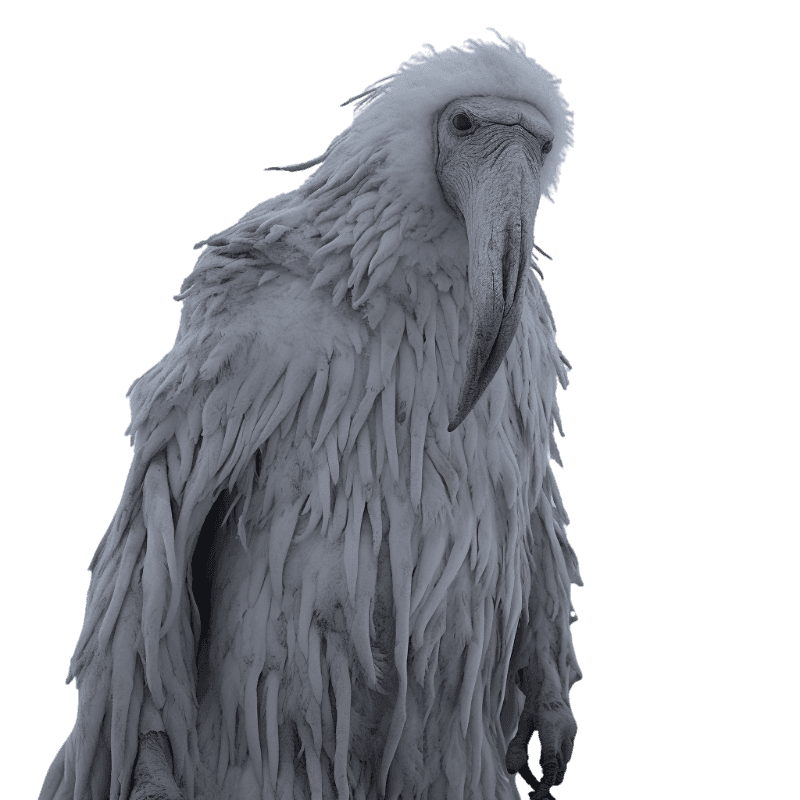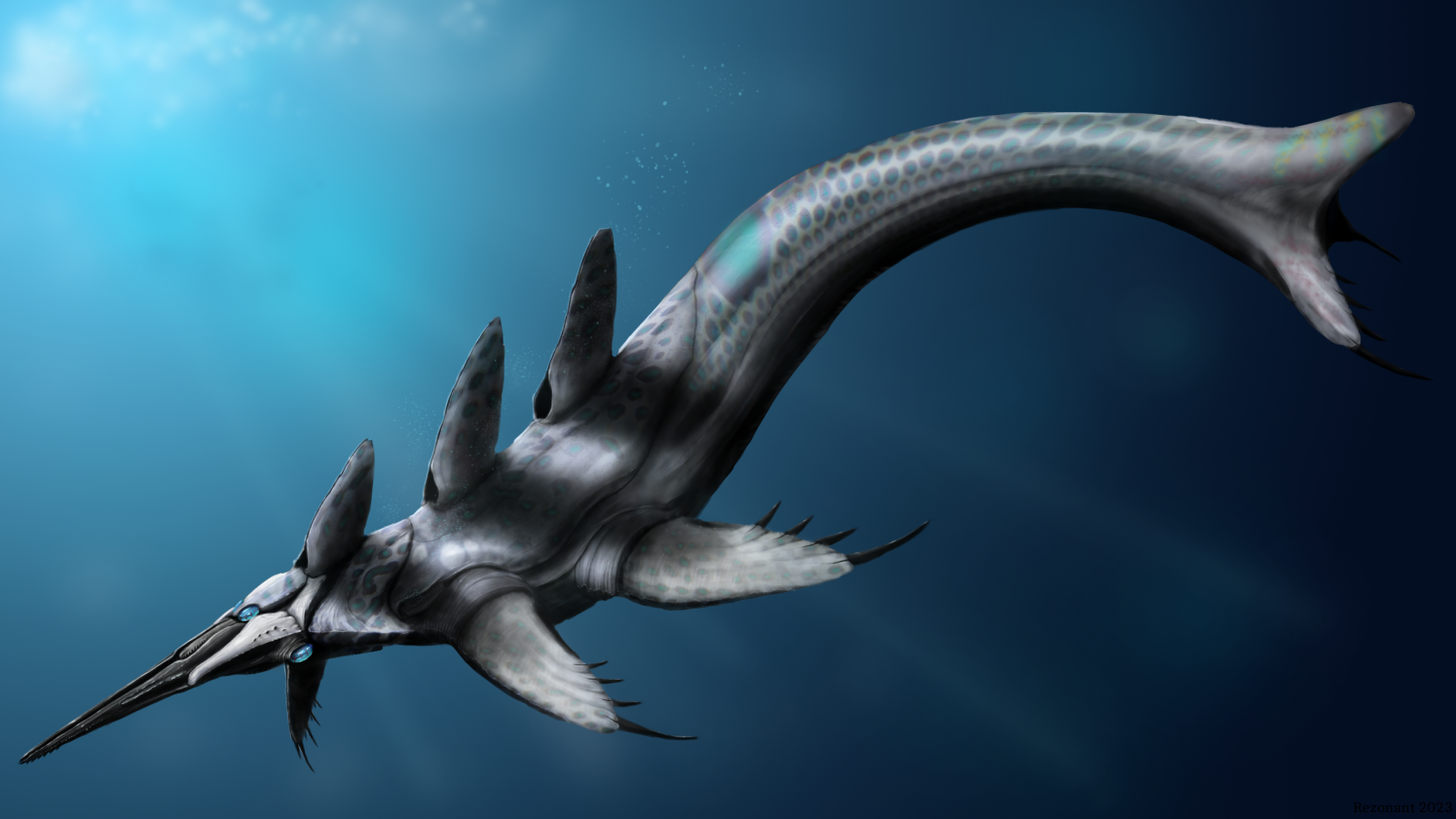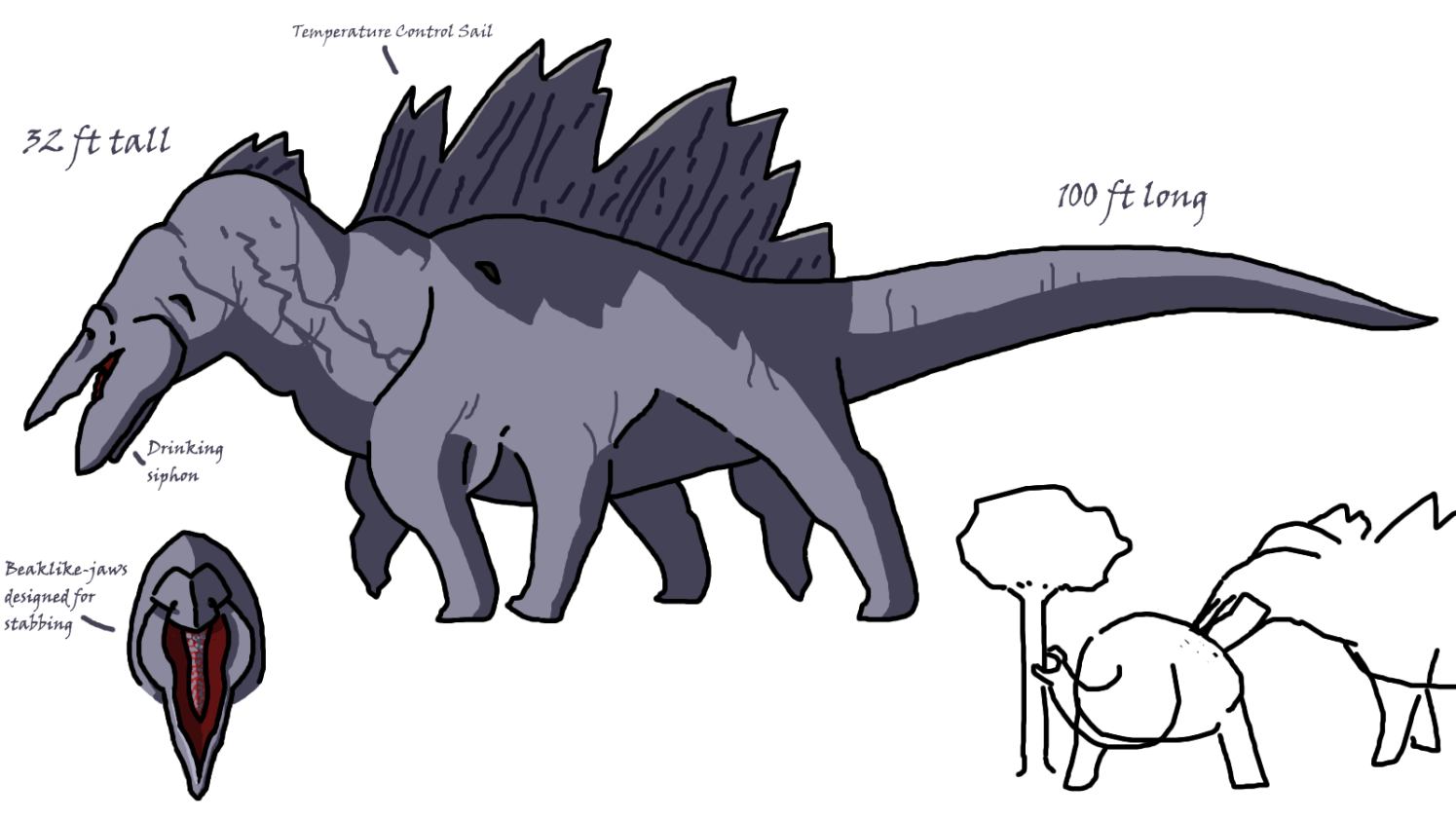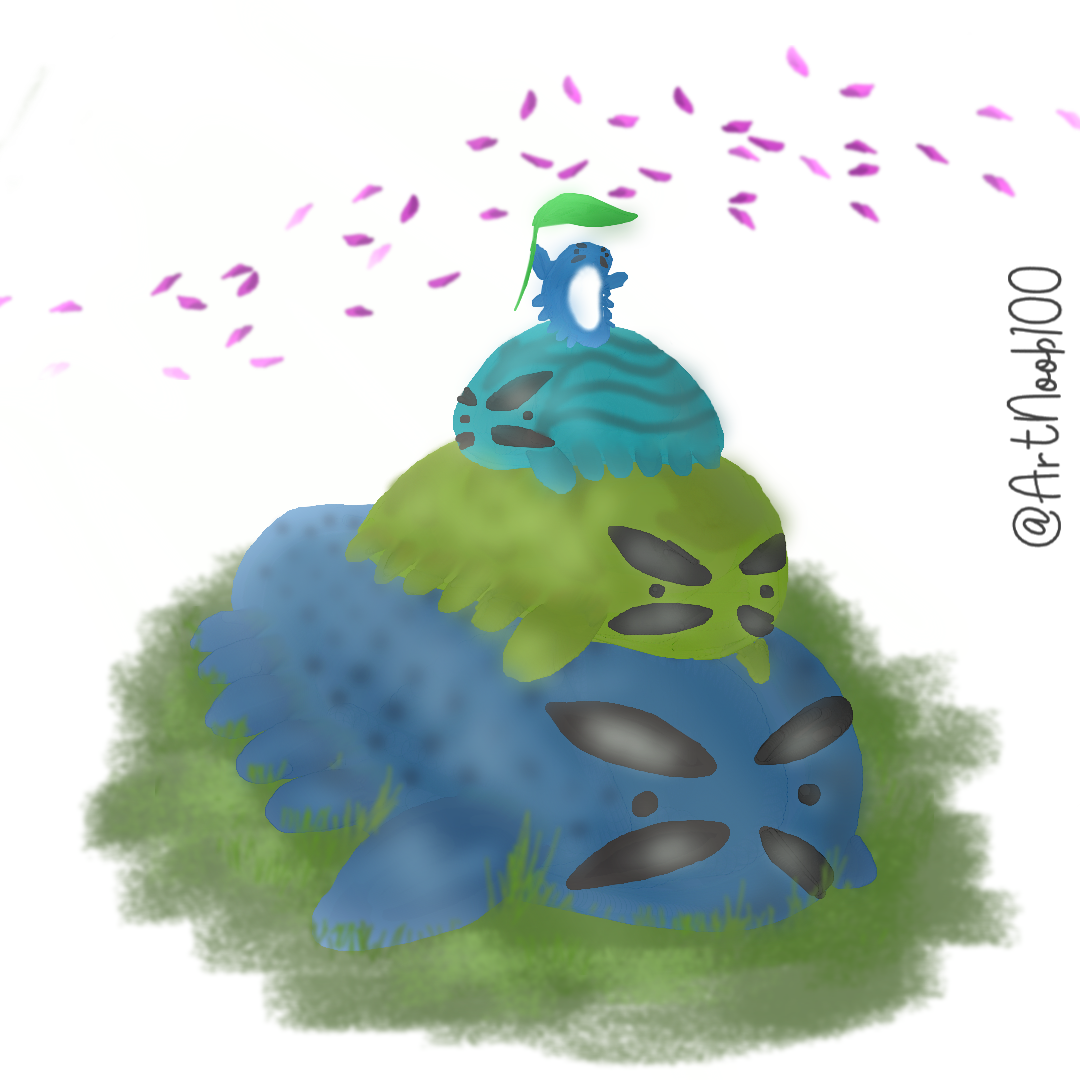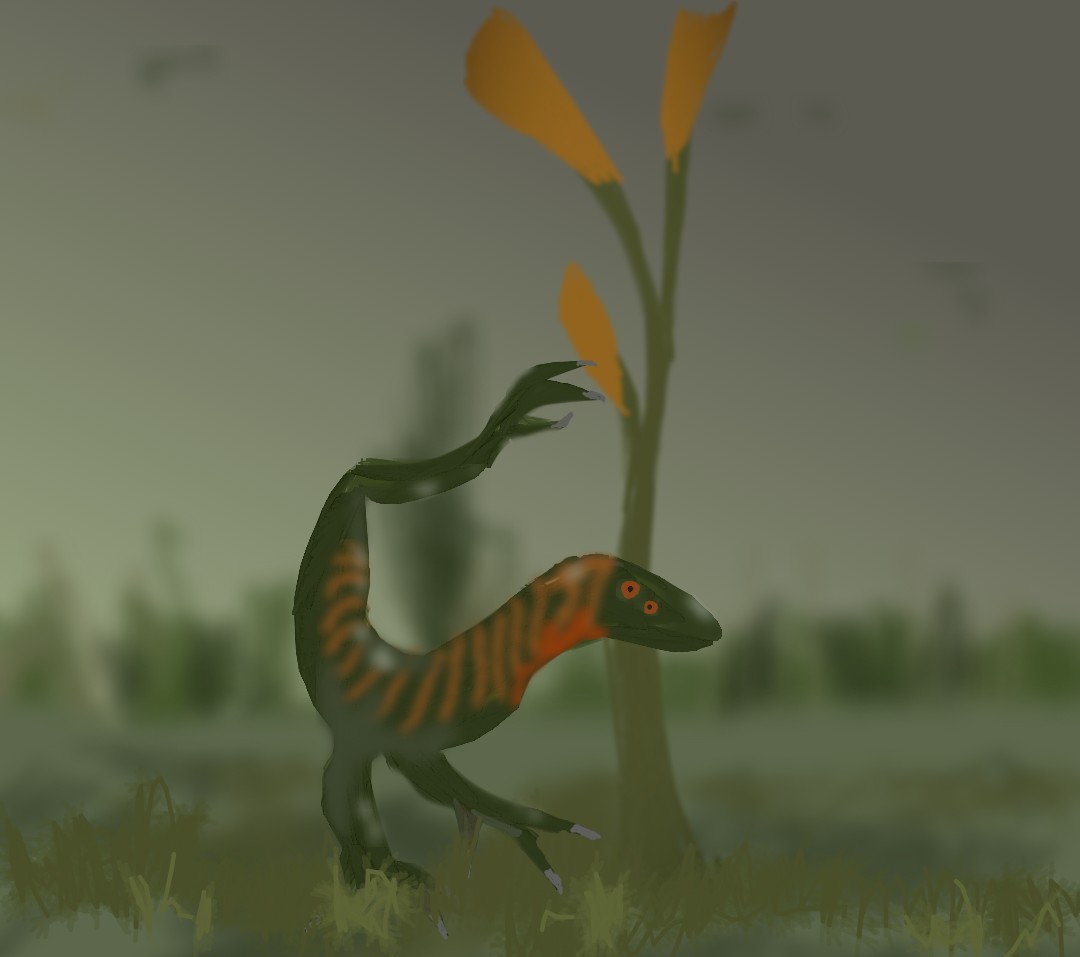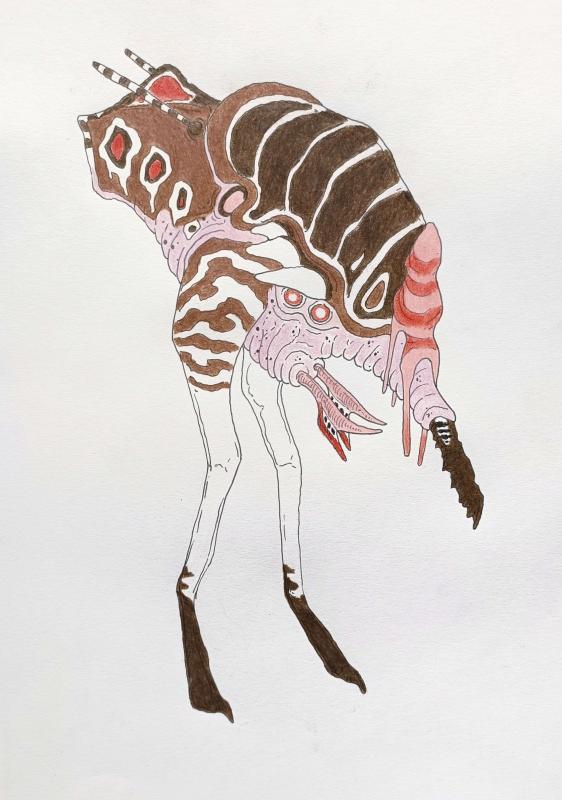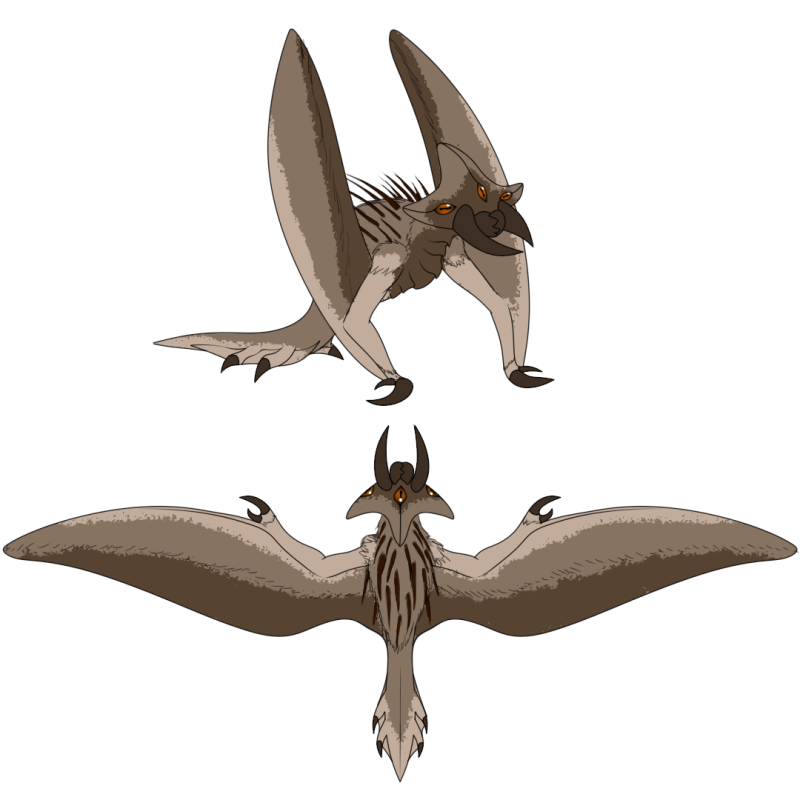Scarlet Sailor
The Scarlet Sailor, also known as the ‘Blood Moon’ Sailor, is a massive creature from the planet Geb. With their huge size and flamboyant sails, they are among the most stunning and iconic lifeforms found on the planet. Description and Anatomy Sailors belong to the clade Ambulanavidae, part of a larger part of a “phylum” […]
Continue Reading
